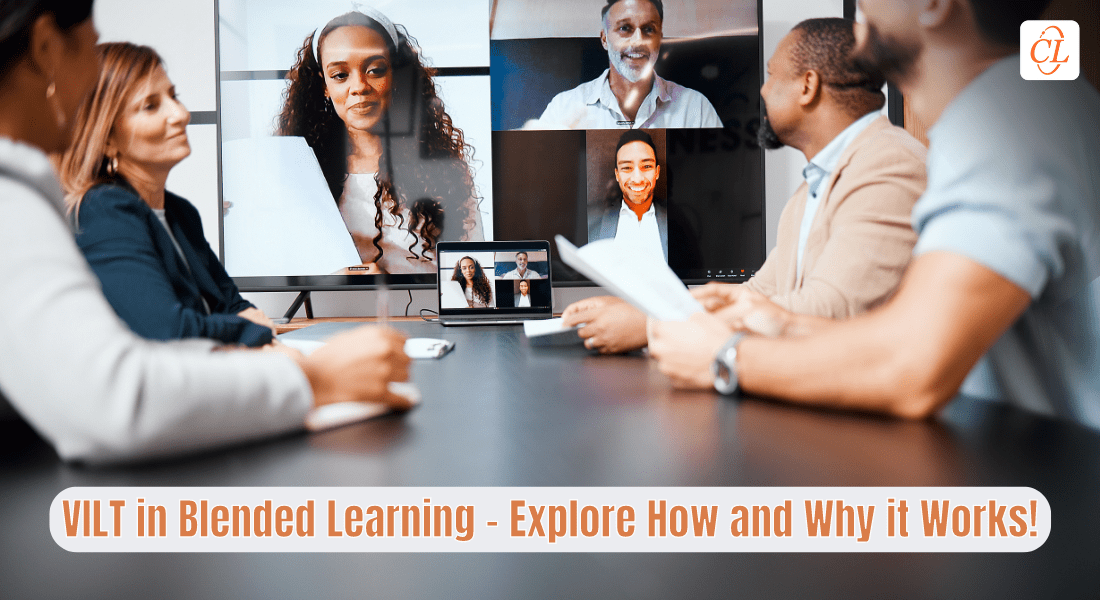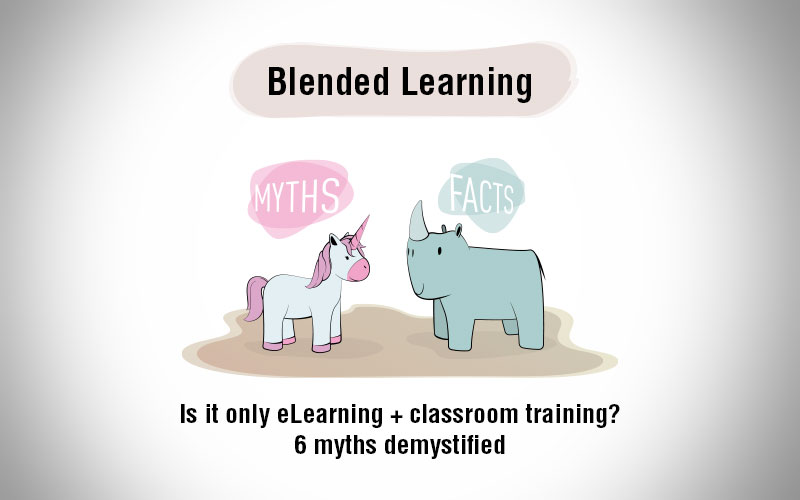How to Create Impactful Blended Learning Solutions – Quick Tips

Blended learning combines digital learning methodologies with traditional ones. Classroom training has a personal touch; Digital content on the other hand, caters to the individual needs of a learner and allows them to explore their unique way of learning. A blended learning strategy offers a personalized learning experience, 24/7 access to learning resources, better assessment techniques, and significant reduction in training costs.
Creating a blended learning strategy can be different because you need to consider the interactivities of traditional learning and the flexibilities of e-learning. So, how to create a strategy that combines the benefits of both learning styles? Here’s how:
Clearly Define Learning Objectives and Training Outlines
Defining clear-cut learning objectives is the first step to any training strategy. What is the learner going to do after finishing the entire course? This primary question should drive the entire development process of your blended program. This will pave the way for you to decide the kind of content that is to be included.
You should work closely with managers and employees to identify the performance gaps and collect pertinent data to bridge that gap. This will also give you an idea of the various visual and design strategies that can effectively convey the topic. To avoid confusion, have a course outline that clearly sets apart the content that is to be covered online and in the classroom.
Decide the Instructional Delivery Method
The primary thing you need to consider in blended learning is whether you need to create an online module for a particular topic or should it be taught by the traditional method? While building your program, these can act as major issues. Analyze the content of each section to decide the best way to convey it. You also need to consider the ultimate goal of the training.
Knowing who the target audience is can help ease things up. Are they newcomers who would benefit more through a traditional approach or industry veterans who would prefer to learn at their own pace? Care should be taken that your content is not being replicated, in classroom as well as online, as it can put learners off.
Aim to Increase Interactivities
One of the most important components of blended learning is the increased level of interactivities that one can have. Classroom collaborations form an integral part of effective blended learning since it enables learners to exchange ideas, experiences, skills, and perspectives. Course designers can add role-playing games in classrooms that give learners first-hand application of the principles they have just learned.
Digital courses include interactivities such as click and reveal, drag and drop, slider, or dial usage. You can also use game-based content, simulations, and scenario-based learning to provide high level interactivity for your employees. Learners can also connect with global peers and experts through a common online portal. This type of social learning can really increase learner engagement.
Make the Most of Assessments
In order to test the transfer of knowledge, it is crucial that the blended learning program be backed by an appropriate assessment plan. In case of blended learning, you can move past the conventional methods of assessments and do something innovative. You can split the test and have lively classroom discussions along with an online quiz.
Ensure that your results are measurable since this will help judge learners’ progress. Also, determine the ways in which you will be gathering feedback from your learners. A feedback survey embedded in the online module or a survey hosted on the LMS will help you get the most apt response from learners.
Apart from the things discussed, before ending the course, make sure to give learners a comprehensive list of the all the material used. This can be of a great assistance, as people might need to refer the trainer-driven parts again. Creating a blended learning program might be a complex process. But if done the right way, it can truly include the best of both worlds and give you a training program that will stay with your learners for a long time.





